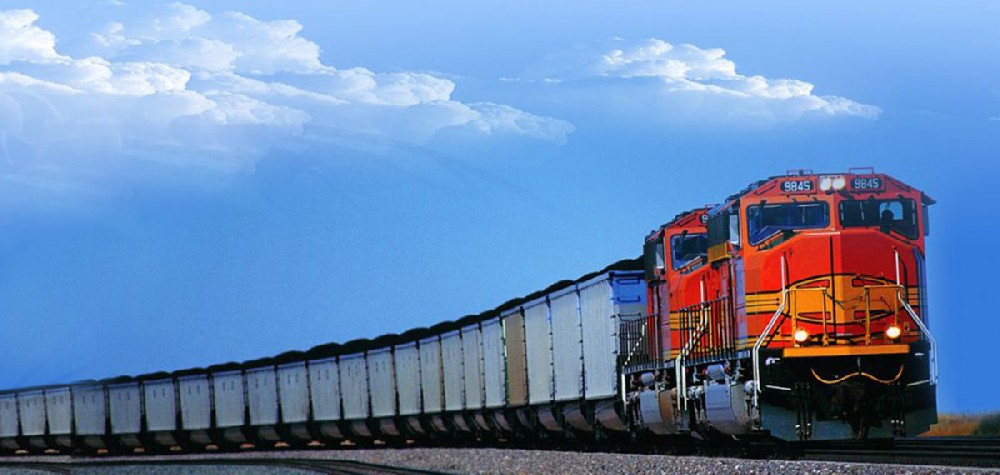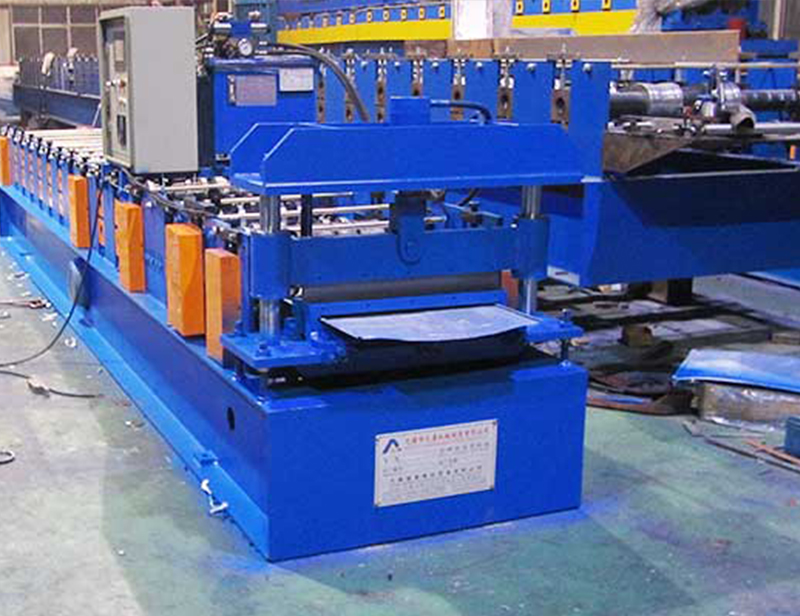Navigation Menu
Contact Us
- Email:
- info@wxavatar.com
- Address:
- Yurong Village, Yuqi Street, Huishan District, Wuxi, China.
Release Date:Jun 15, 2025 Visit:42 Source:Roll Forming Machine Factory
In recent years, transportation authorities and infrastructure developers have shown growing interest in smarter guardrails. These upgraded systems incorporate advanced designs, materials, and impact-response features aimed at enhancing road safety. But an important question remains: Do smarter guardrails truly lead to fewer road accidents?

The Purpose of Smarter Guardrails
Smarter guardrails are developed to better manage the force of a vehicle collision, offering improved vehicle redirection and energy absorption. Unlike traditional guardrails, which mainly act as a physical barrier, modern systems are designed to minimize the severity of crashes. Some new guardrails feature modular designs that can be repaired quickly after an impact, ensuring that safety measures are restored without significant downtime.
Key Features of Smarter Guardrails
Enhanced Impact Response
Smarter guardrails can absorb energy more effectively, reducing the force transferred to the vehicle and its occupants. This can lower the chances of serious injury in the event of a crash.
Quick Repair Designs
Newer guardrail models are often built with components that can be replaced individually, allowing for faster restoration of the barrier's protective function.
Vehicle Compatibility
Updated guardrail systems are tested to handle a wider range of vehicles, including heavier trucks and SUVs, which are becoming increasingly common on modern highways.
Adaptive Installations
Some smart guardrails are designed to be installed in areas with high accident rates or sharp curves, offering targeted safety solutions based on road conditions.
Do Smarter Guardrails Reduce Accidents?
While smarter guardrails can potentially reduce the severity of accidents, they do not necessarily prevent accidents from occurring in the first place. Their primary function is to protect road users when a collision happens. However, studies suggest that improved guardrail designs can lead to fewer fatal and serious injury incidents by providing better crash management.
It is also worth noting that the effectiveness of guardrails depends on factors such as proper installation, regular maintenance, and suitable application for the road type and traffic volume.
Factors That Also Influence Road Safety
Although smarter guardrails play a role in improving safety outcomes, other elements are equally important in reducing road accidents:
Driver behavior and attentiveness
Vehicle safety features
Road design and signage
Weather and visibility conditions
A combination of these factors, alongside advanced guardrail technology, contributes to a safer driving environment.

Conclusion
Smarter guardrails offer meaningful improvements in the way road barriers respond to accidents. They help manage crash energy, reduce injury risks, and can be maintained more efficiently. While they are a valuable part of modern road safety strategies, they work best when combined with responsible driving practices and comprehensive road management systems. The potential for fewer road accidents is most effectively realized through a holistic approach that includes smarter infrastructure, safer vehicles, and increased public awareness.